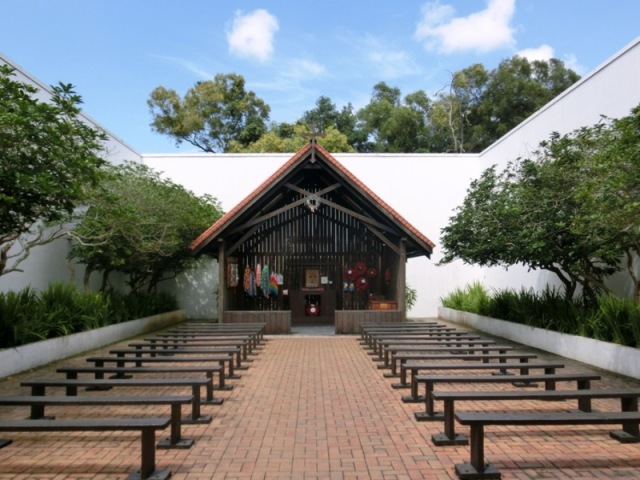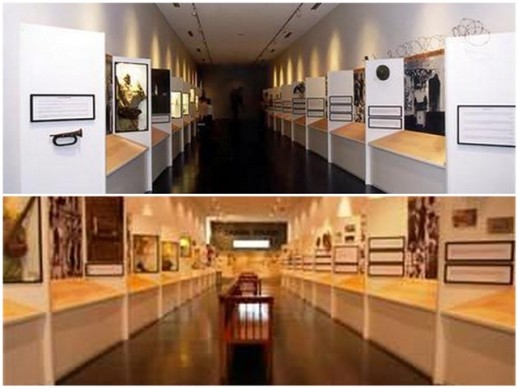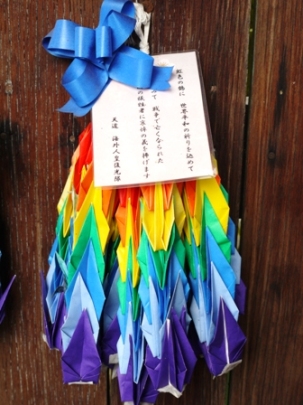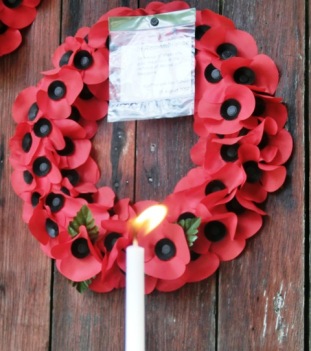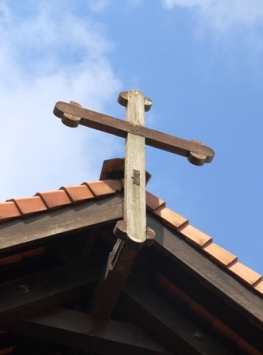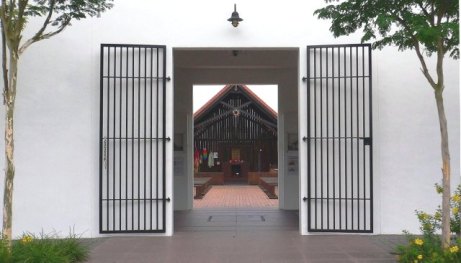 The war trail brings me all the way to the eastern-most tip of Singapore this time.
The war trail brings me all the way to the eastern-most tip of Singapore this time.
Singapore’s “Changi” is well-known to international travelers the world over as a name synonymous with our airport, a busy hub handling flights operated by over 100 airlines.
To locals, Changi is associated with “Changi Village”, a sleepy beach haunt known for the food centre serving killer Nasi Lemak (a “rich and creamy” coconut rice dish served with fried items and a generous dose of chilli sambal) and other local delights.
To many World War II (WWII) veterans and their loved ones however, “Changi” is a name forever linked to the war and evokes a wholly different set of memories and emotions.
THE LOWDOWN
Museum
During the Japanese occupation of Singapore in WWII (1942-1945), the Changi area was turned into one big internment centre for soldiers as well as civilians. The area housed Singapore’s main prison, Changi prison, as well as 7 prisoner-of-war (POW) camps, the largest of which was Selarang Barracks.
Thousands of civilians and Allied soldiers were detained by the Japanese in these camps in Changi, as many as an estimated 50,000 in total at its peak. Many hundreds died while in captivity.
The Changi Museum is built in honour and remembrance of all war victims, especially the thousands who suffered in the Changi internment camps. The museum documents the atrocities suffered by the prisoners, and is a rich resource of personal war stories as well.
Chapel
Christian soldiers built makeshift chapels in the prisons and camps as places of worship, and also of solace to retreat to from their pain and suffering. Without proper construction materials the prisoners had to be extremely resourceful in using whatever was available to construct the chapels.
In the courtyard of the museum lies a replica of one of the many chapels prisoners built. The Changi Cross at the altar, an original, was made using a spent artillery shell.
VISITING
Museum
The museum is larger than it looks when you first enter it, as it is actually a U-shaped structure that ends around in the gift shop opposite of the entrance. The spacious halls are flanked with storyboards and displays, with benches in the centre for visitors to sit, absorb the deluge of information and just reflect on the wartime memories.
The museum is organized into 5 zones, ending in the gift shop:
- Storyboard – Rows of information panels outlining wartime activities, and display cases containing wartime items many of which are personal effects such as letters and postcards, diaries, photographs etc.
- Prison Section – This area conveys a sense of what prison life was about, and includes an actual sized floor plan of a prison cell where as many of 4 prisoners were squeezed into at times.
- Murals – A small chapel with the walls adorned with re-creations of the original Changi Murals, a set of 5 Christian scenes drawn by a prisoner using improvised materials while in prison.
- Wartime Artists – A display of paintings and drawings depicting wartime life drawn by the prisoners who wanted to record their experiences.
- End of the War – Includes a timeline of the events of the war, information boards with post-war stories told by survivors, and a display of commemorative plaques and pennants honouring the heroes.
- “Changi University” and Gift Shop – The “university” is a small library with an archive of books about Singapore during the war, including some out-of-print titles. The Gift Shop provides some of these books for sale, and offers the usual mementoes as well as bottled drinks.
At the entrance reception counter you can also choose to rent a headset for an audio tour.
A sunny weekday morning sees only a handful of visitors, all of whom looked like they were from the UK or Australia or some other European country. It is my hope that the museum will see more local visitors, as well as visitors from the Asian countries, perhaps even from Japan.
The atmosphere is quiet, somber; perhaps because most of the visitors were listening intently to the audio commentary on their headsets, or perhaps simply out of reverence for the war dead.
Chapel
The chapel is outdoors in the courtyard. Tacked onto the walls are many notes left by visitors, and you’ll want to take the time to read some of the heart-rending ones contributed by surviving family members of the ex-Changi prisoners. You can purchase a card for a small fee and leave a tribute as well.
On the walls are also some very colourful Senbazurus or strings of “Thousand Origami Cranes” contributed by Japanese school children. The Japanese regard the crane, a Tsuru, as a symbol of good fortune, and after WWII the practice of folding a thousand origami cranes became a symbolic offering and wish for peace.
You can also light a candle in remembrance of the war victims for a contribution of S$0.50.
LOCATION
1000 Upper Changi Road North, S(507707)
Daily: 9.30am – 5:00pm (last admission 4:30pm)
Large signage outside so you can’t miss it.
HOW MUCH TIME
Without opting for the audio tour, I spent a good hour and a half at the museum as there was just so much to read and view. If you are someone for whom Changi holds special meaning however and you want to go through the museum exhibits and information panels in detail, then you’ll need at least 2 hours or more.
TIDBITS
- Memorable quote on one of the storyboards by Lt.-Gen. Yamashita, commander of the Japanese forces that won The Battle of Singapore: “My attack on Singapore was a bluff – a bluff that worked. I had 30,000 men and was outnumbered more than three to one. I knew if I had to fight long for Singapore I would be beaten. That is why the surrender had to be at once. I was frightened all the time that the British would discover our numerical weakness and lack of supplies and force me into disastrous street fighting.”
- The fall of Singapore is considered one of the greatest defeats of the British Army in its history. Singapore was a strategic outpost of the British Empire, and considered an “impregnable fortress”. British complacency, and the Japanese army’s ingenuity, speed and savagery ended in Singapore being lost to the Japanese in just a little over a week.
- Photography is not allowed at all inside the museum.
- Apart from the gift shop selling some bottled drinks, there is also a small restaurant/bar/café, The Bark Café, located just beside the museum. It opens at 11am however seemed to be more of a dinner and night time venue though.
- You may spot a brown tourist attraction sign for a “Johor Battery” not far from the Changi Chapel and Museum.Give this a miss, as it turned out to be some decrepit replica of one of the 15-inch guns once used to defend Singapore. The gun looked like a shoddily made replica, was housed in a sort of rundown hut, and within a compound overgrown with weeds that also had a beer bar. Strange.
USEFUL LINKS
- Changi Museum and Chapel site. Not a particularly well-done site though, shame..
- Official Singapore Tourism Board site page on the Changi Chapel and Museum

